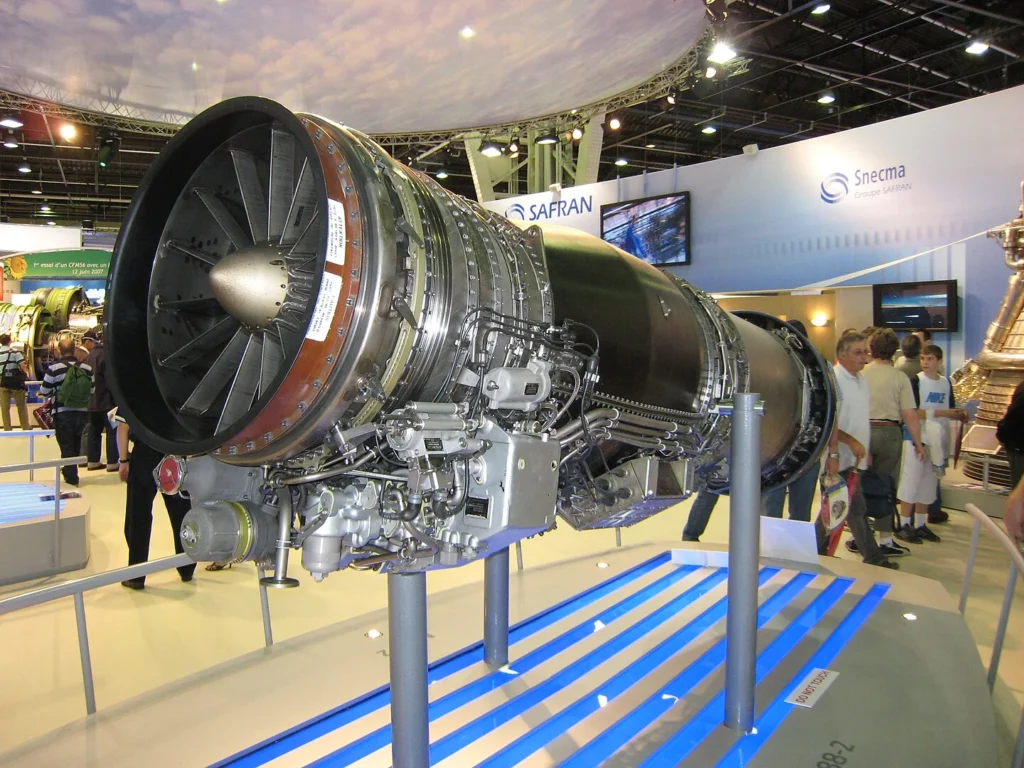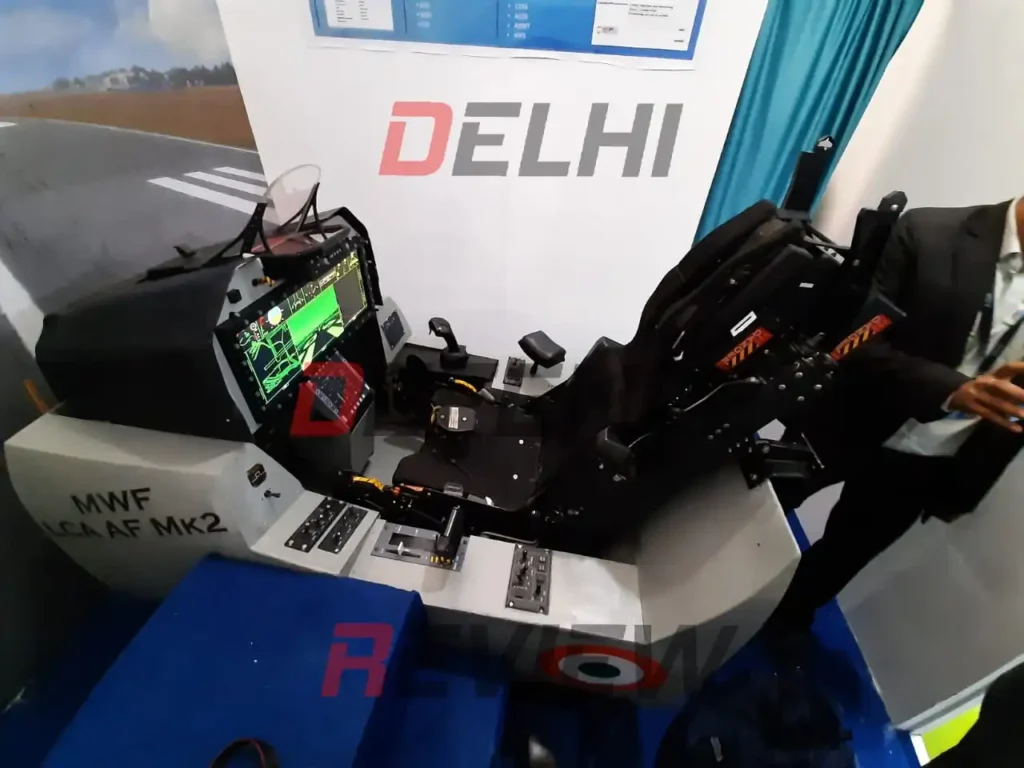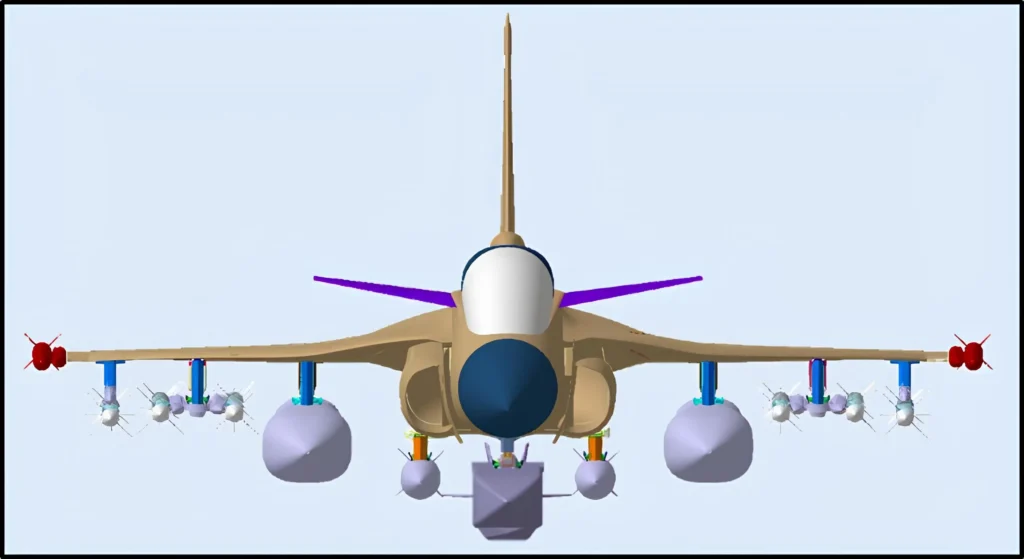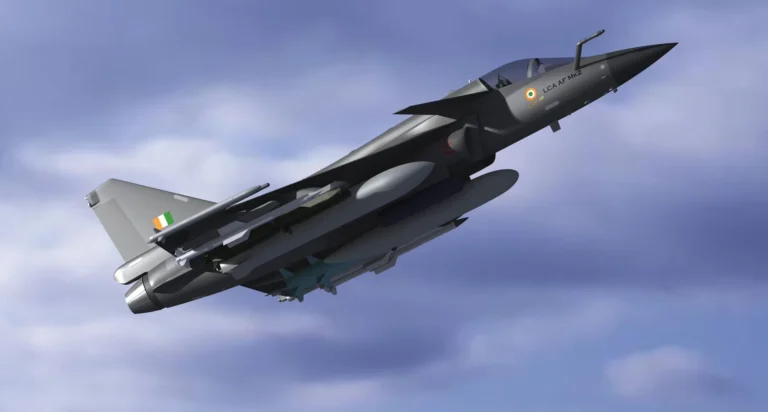BENGALURU- India’s Tejas Mk2, a 4.5-generation fighter jet developed by Hindustan Aeronautics Limited (HAL), is set to enhance the Indian Air Force’s (IAF) capabilities with a potential partnership with French aerospace giant Safran for advanced engine development.
This strategic move aims to address delays in engine supplies and bolster India’s indigenous defense production.
Following Operation Sindoor, the IAF, operating from key bases like Sulur Air Force Station, is prioritizing faster production to strengthen its 31 active squadrons against a target of 42.
The collaboration with Safran could power the Tejas Mk2 and support India’s Advanced Medium Combat Aircraft (AMCA) program.

HAL Tejas Mk2 Safran Engines
India’s potential partnership with French aerospace major Safran represents a significant step towards diversifying its engine supply sources.
Currently, HAL relies on GE Aerospace for the F404-IN20 and F414-GE-INS6 engines to power the Tejas Mk-1 and upcoming Mk-2 jets, respectively.
However, persistent delays in delivery have disrupted the IAF’s target of maintaining 42 fighter squadrons, which currently stands at just 31.
The Indian Defense establishment has identified these disruptions as critical, especially after Operation Sindoor, a security doctrine shift that eliminated the distinction between state and non-state threats.
According to Moneycontrol, India is aggressively pursuing options to localize engine production, with Safran emerging as a prime candidate for collaboration.
The objective is not only to power the Tejas Mk-2 aircraft but also to enhance India’s broader capability in developing high-thrust, next-generation engines.
At the Aero India 2025 event held at Kempegowda International Airport (BLR), IAF Chief Air Chief Marshal A.P. Singh voiced concerns over the lag in Tejas Mk-1 deliveries.
HAL attributed these setbacks to technical challenges, but the underlying issue remains the delayed engine supply from GE, including the critical F414 units for the Mk-2 variant.

Next-Generation Aircraft
The journey of Tejas began in 2009 with the IAF’s initial order of 40 Mk-1 aircraft. This was followed by a larger contract in 2021 for 83 Mk-1A fighters, worth ₹48,000 crore, with deliveries scheduled to begin mid-2024.
As of March, GE had delivered only the first unit of the 99 engines under this agreement. The delay has not only affected timelines but also undermined confidence in relying solely on US suppliers.
India’s plan to indigenize engine production dates back to the Kaveri engine program by the Gas Turbine Research Establishment (GTRE), which was ultimately deemed unsuitable for LCA requirements.
The new Safran collaboration is expected to revive that ambition with better technology and industry experience, potentially providing engines for both Tejas Mk-2 and other future platforms.

Future Scope
Safran’s engagement with India is not new. It already operates a joint venture with HAL, Safran Helicopter Engines Pvt Ltd, focused on developing modern engines for Indian helicopters.
The potential extension of this collaboration to fighter jet engines could leverage existing infrastructure, speeding up both R&D and manufacturing.
If the agreement proceeds, Safran’s engine technology is expected to power the 17.5-tonne Tejas Mk-2, classified as a 4.5 generation fighter aircraft.
This jet is designed to replace aging IAF platforms and will significantly boost India’s air defence readiness once deployed.
Stay tuned with us. Further, follow us on social media for the latest updates.
Join us on Telegram Group for the Latest Aviation Updates. Subsequently, follow us on Google News

